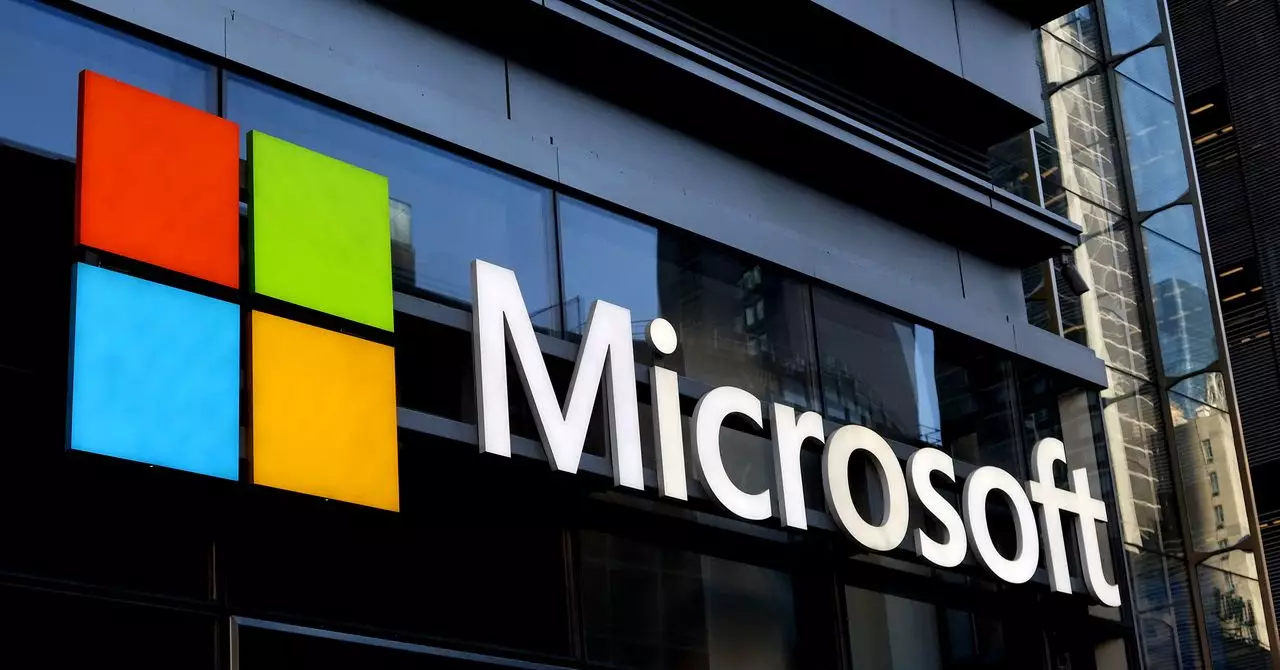Microsoft’s recent breakthrough in medical artificial intelligence signals a profound shift in how diseases might be diagnosed in the near future. Unlike earlier AI efforts that largely replicated isolated diagnostic tasks, Microsoft’s approach combines multiple cutting-edge AI models in a collaborative framework that mimics the nuanced decision-making of expert doctors. This orchestration, termed MAI Diagnostic Orchestrator (MAI-DxO), leverages leading language models such as GPT, Google’s Gemini, and Meta’s Llama, working in concert much like a panel of specialists. The result is a diagnostic tool that not only rivals human physicians but significantly outperforms them in both accuracy and cost-efficiency.
Challenging the Human Diagnostic Norm
In a rigorous test employing 304 clinical case studies from the prestigious New England Journal of Medicine, Microsoft’s system achieved an impressive 80% accuracy rate, dwarfing the 20% accuracy recorded by human doctors under similar conditions. This overwhelming gap underscores the potential for AI to redefine medical expertise rather than merely supplement it. A critical factor behind this success is MAI-DxO’s ability to emulate a doctor’s iterative diagnostic process: gathering symptoms, ordering tests, analyzing results, and refining hypotheses—that progressive cycle that is so intrinsic to medical practice yet often hard to replicate through conventional AI approaches.
Cost Reduction Without Compromising Quality
Equally compelling is MAI-DxO’s capacity to cut healthcare costs by approximately 20%, achieved by strategically selecting less expensive tests and procedures without sacrificing diagnostic integrity. In a healthcare landscape where skyrocketing costs often limit access and quality of care, this AI-driven frugality could prove transformative. It confronts a longstanding paradox: how to maintain, if not improve, clinical comprehensiveness while also making it financially sustainable.
The Team Behind the Innovation
Microsoft’s aggressive recruitment of AI talent from competitors like Google highlights the fierce competition within the tech industry to dominate medical AI. Mustafa Suleyman, a key figure leading Microsoft’s AI efforts and a former Google AI executive himself, emphasizes that this collaborative AI architecture is a fundamental step toward “medical superintelligence.” This assertion implies a future where AI systems don’t just assist but potentially surpass human expertise in both speed and depth of diagnosis. The implication is profound, raising questions about the evolving role of healthcare professionals and how they will integrate or compete with ever more capable AI systems.
Promise and Perils: Navigating Ethical and Practical Challenges
Despite these remarkable advances, the widespread deployment of such AI in clinical settings demands caution. AI systems are only as unbiased as their training data, and healthcare datasets often reflect demographic disparities that risk perpetuating or even exacerbating inequalities if unchecked. Microsoft has yet to confirm how or whether it will commercialize this diagnostic tool, though integrating it into consumer tools like Bing could democratize preliminary health assessments, profoundly altering patient engagement with healthcare. However, premature reliance on AI diagnoses without proper oversight might lead to misinterpretations or overreliance, potentially causing harm.
Looking Beyond Diagnostics: Toward Holistic Patient Care
Beyond diagnosing diseases, Microsoft envisions AI systems that support medical professionals in treatment planning and potentially automate routine care tasks. This leverages the multimodal capabilities of current AI, which can analyze not just text, but medical images, lab reports, and other data streams—offering a more comprehensive view of a patient’s health. This evolution signals a future healthcare ecosystem where AI is woven integrally into clinical workflows, evolving from a tool for physicians to a collaborative care partner.
Revolutionary, but Not Yet Ubiquitous
Microsoft’s research follows an expanding body of evidence that large language models can make meaningful diagnostic contributions. Yet, the road to broad clinical acceptance remains fraught with obstacles including regulatory approvals, provider trust, data privacy concerns, and the logistical challenges of integrating AI into existing health systems. What Microsoft’s achievement makes clear is the tremendous potential for AI not just to augment medical decision-making but to fundamentally reshape it, heralding a healthcare revolution powered by intelligent systems that learn, adapt, and collaborate far beyond current capabilities.
While critics might caution against overhyping AI’s immediate impact, this sophisticated orchestration of models presents a compelling glimpse into a future where medical superintelligence is not science fiction but an emerging reality—one poised to benefit patients, providers, and the entire healthcare infrastructure.

